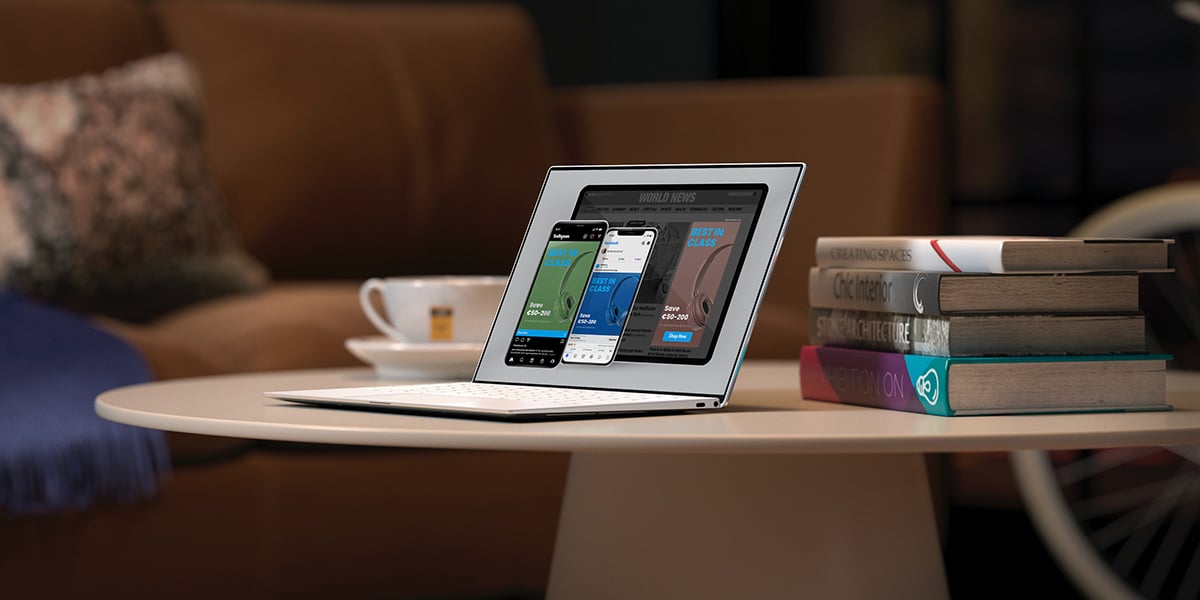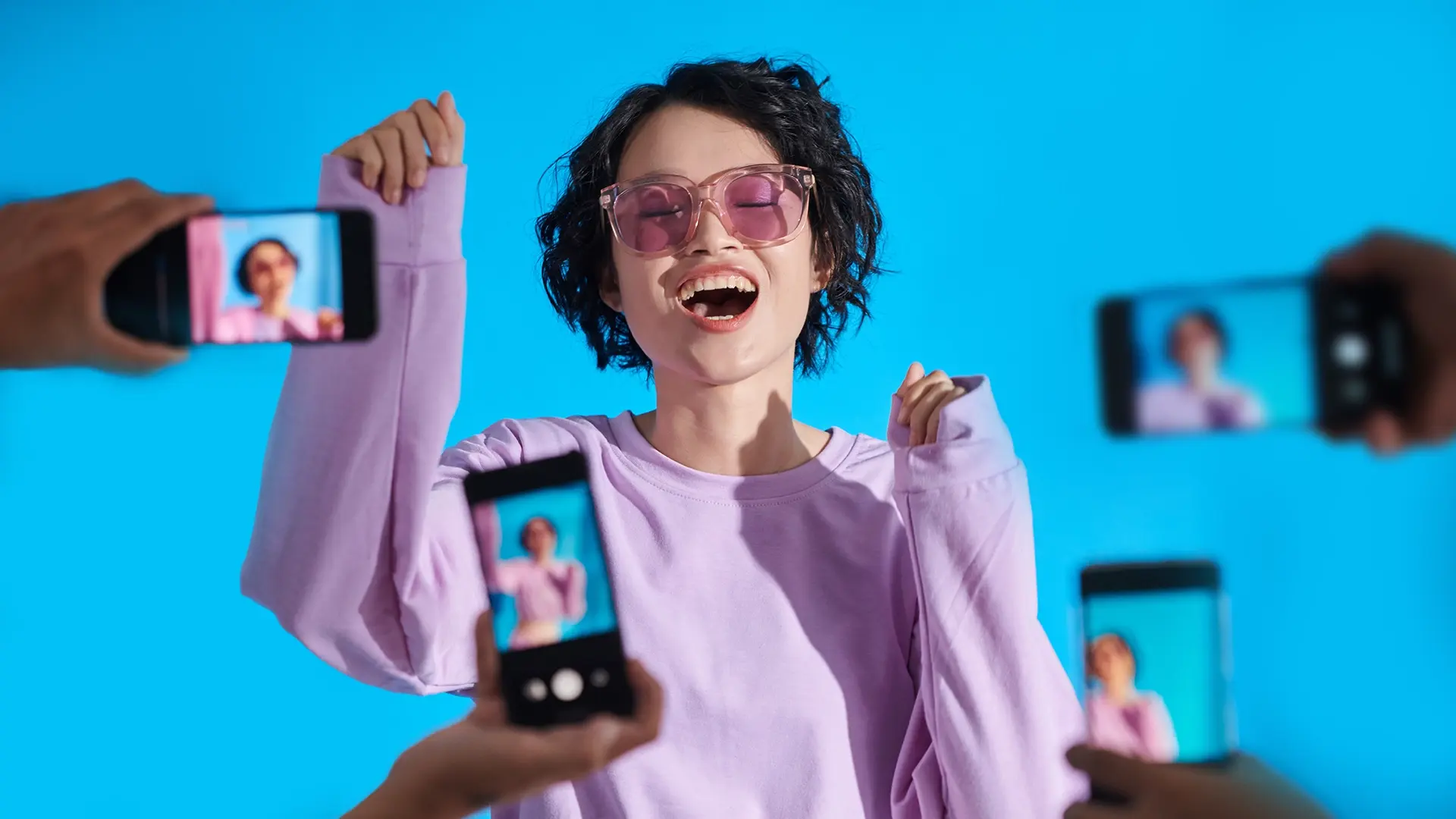BuzzFeed looks set to host banner ads. It doesn’t sound right does it? We are, after all, talking about the same online publisher which once declared: “you’re more likely to summit Mount Everest than click on a banner ad”. Quite the shift in opinion then. So what’s changed? Is it a compromise? Or have display ads caught up with the needs of the online news provider?
Going native might not be the answer
BuzzFeed has long distanced itself from the humble banner ad; preferring native advertising as its main source of revenue. This has taken the form of sponsored quizzes and other branded content. In fact, BuzzFeed’s array of sponsored articles is pretty impressive. Perform a quick search of its branded content for yourself – the creativity and invention is high. Articles include Red Velvet Cupcakes As Made By Kevin Durant (Nike); 11 Facts About Credit Scores You Should Really Know (Capital One). And multiple Millie Bobby Brown articles by Converse. All of which take time and effort to produce, no matter the inanity of the subject matter.
Banner ads don’t require the same level of editorial input. According to Business Insider, Dave Nemetz, CEO of Inverse.com, BuzzFeed’s move is logical. “The margins are lower [for native] and the execution is so much more involved. Brands and publishers can only do so much. Not everyone can do sponsored listicles and build a business“. That’s why many online publishers, like BuzzFeed, are experimenting with alternative revenue streams. The simple reason for BuzzFeed adopting online display is that they need to be more effective at monetising.
What is BuzzFeed proposing?
BuzzFeed looks set to introduce display ads bought and sold using third-party ad technology across its site. Specifically, it will let advertisers run banner ads via Facebook Audience Network and Google DoubleClick’s Ad Exchange. The banners will run across the top of its homepage, story pages, and in mobile apps. Previously, BuzzFeed trialled hosting a banner on its homepage for streaming comedy service Seeso. At the time it said the experiment was a one-off.
Was BuzzFeed’s ban misguided?
Adam Rowe writing for Tech.co, believes BuzzFeed’s years-long vendetta against the banner ad may have been misguided to begin with. He highlights a 2013 article from Digiday article that lists 5 reasons why BuzzFeed was wrong, which even ignoring the advances in ad-tech since is still compelling.
Take, for example, the cultural relevance of content of BuzzFeed’s native advertising. It’s near impossible to make an impact in multiple markets through content partnerships. While, if an audience doesn’t have a favourable view of your brand already, you’re less likely to have the credibility with direct-engagement. Both points – even in today’s market – display ads still excel on. Plus, if you spot a good banner that stands out it will always drive brand awareness (click-through or not).
But was BuzzFeed right?
Controversially, there is a part of Bannerflow, which agrees with BuzzFeed. Back when BuzzFeed was starting out, it was brave to ban display ads – some ads were truly grim. Having a site spoiled by banner ads, lacking both creative inspiration, and purpose, is not a great look. Especially for a publisher hoping to make a mark with ad savvy millennials! Likewise, issues over brand safety and ad-misalignment weren’t at the forefront of publisher attention as they are now.
The truth is bad banner ads were to blame – rather than the concept of banner ads. At their core, banner ads are a cheap, targetable way to get advertising in front of viewers. Moreover, advertisers are remembering that applying zero creative effort, means zero click-throughs. While thanks to advances in targeting, and the application of programmatic creative, viewers are more likely to see ads relevant to them. Add this together with the capabilities of ad platforms – like Bannerflow – and lame display ads are hopefully a thing of the past. Today there really is no excuse for producing bad banners!
Revenge of the banner ad
BuzzFeed isn’t alone in pursuing display as a revenue stream. Both Mashable and Forbes use display, successfully alongside native content. According to Seth Rogin, Chief Revenue Officer of Mashable, the publisher has maintained a balance between display and branded content. “I don’t think putting all your eggs in one basket is a good idea, in terms of serving brands and serving readers“. Talking to Ad Age he goes on to state that display advertising on Mashable works, because advertisers “who buy with us are voting with their dollars and coming back time and time again”. No doubt another reason for BuzzFeed’s change of heart.
According to ComScore research BuzzFeed reaches more than 75m unique users. This presents a huge new audience for advertisers. For Mike Shields of Business Insider, BuzzFeed “turning on banners… is instant revenue”. He goes on to state, “that’s hard to turn down, even if you may not love the way display ads look on your pretty website or app”. Not only that but programmatic ads can also help BuzzFeed attract advertisers of all sizes, not just the big players. Yet again, allowing it to expand and grow its revenue streams.
It is clear that BuzzFeed’s acceptance of banners makes sense. But there’s more: eMarketer predicts that programmatic ad spending in the US will eclipse $32 billion this year! While, according to another report released by eMarketer, programmatic advertising is maturing. Buyers and sellers no longer see it as a means of automating processes, but rather as an advanced method of controlling ad campaigns. The banner ads moment – rather than disappearing – is growing. The majority of publishers and advertisers are now looking to advance their programmatic abilities to control ad placements and targeting. Providing BuzzFeed with greater reassurance over the quality of ads generated on its pages.
BuzzFeed’s banner ads will be quality
Banner ads have caught up with BuzzFeed’s ideals. Talking to Business Insider, BuzzFeed CEO and founder, Jonah Peretti, is quoted as saying that “programmatic has improved in terms of loading times, mobile experience, and ad quality”. Which is true, banner ads are smarter. Tracking, optimising, and applying analytics are now common practise. Display ads are a viable and growing piece of the puzzle that most advertisers are using.
BuzzFeed is welcoming programmatic advertising powered by data. Not just regular targeted ads – which are the backbone of the digital ad industry – but ads that use programmatic creative. Ads that are attractive to viewers, not a turn-off.
BuzzFeed’s approval of the banner ad shows that it is “fully embracing programmatic advertising”. It is an endorsement in building remarkable display advertising. Music to the ear of Bannerflow users who have been doing this for a very long time!
Conclusion
BuzzFeed’s embracing of the banner ad is welcome, as is its insistence on the production of better banners. Control, transparency, and enforcing brand safety are all positives too. It also opens up another avenue for them to better monetize their huge audience, and allow them to expand globally. They can now generate revenue from markets where native advertising isn’t applicable, or too niche to produce.
Oh, and one more thing, BuzzFeed wants to go public next year. Banner ads are an easy way to grow revenues in anticipation of such a float.







